I’m pretty darn jazzed about this, so let’s just dive right in! Scouting is super fun. An elk scouting trip means that you get to go on a hunt in the near future, you are going to be in the mountains (no better place on earth) AND you are upping your chances of a successful hunt. It’s a win, win, WIN.
However, before we can tie our boots and go jump in the truck, there are a few things we need to check off our listen order to ensure a successful scouting trip. What are the things you will need to do? What are the things you will need to have Glad you asked…
For the sake this particular blog, let’s assume that we are scouting a new area (mostly because I love expanding my fluency in the mountains by finding new areas to hunt…and I’m the one writing this so I get to make the rules). First, know which GMU (game management unit) and season you’re hunting
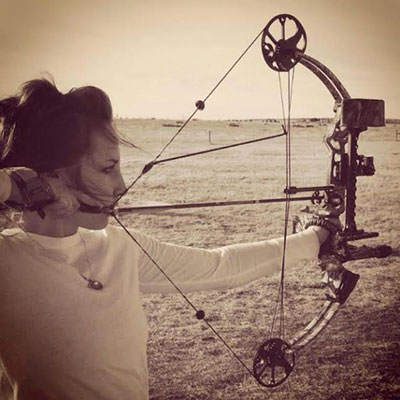
If you have been lucky enough to have drawn a tag, the GMU will have already been determined for you. If you are hunting over-the-counter bow, your GMU options will be much greater. Don’t get overwhelmed. Think of this as a library of options to be explored over a lifetime.
Picking a unit can be done through online research, looking at the harvest stats of your season from previous years, reading forums, blogs and articles about the areas you are considering and talking to people. One thing I like to do is call Parks and Wildlife to chat about the units I’m considering hunting or to see what areas they think would produce some quality animals. Some of the “older” guys that work at your local Parks and Wildlife offices have spent 40+ years hunting the same mountains they now professionally represent.
Strive for at least 12-16 hours of boots-on-the-ground weaponless hunting. If you are fortunate enough to have a schedule that allows for an over-night stay, or longer, take advantage of that. The more familiar you are with the area you plan to hunt, the greater your chances are at having a successful season.
Once you know the GMU you’ll be hunting, start dissecting the unit’s landscape on a map such as Google Earth. Know the highways, dirt roads, trails and GPS coordinates that get you to where you want to sit n’ survey. I like to pick my first, second, third choice for places to glass.
These spots should be fairly close together, as you will not have the time or physical stamina to be hiking from one end of the unit to the other. However, they need to be far enough apart that each locations gives you a different scope than the others. Pick glassing points that are high and clear allowing you 360 degrees of vision.
Know the easiest route from one point to the next. Look for saddles or passes between the mountain slopes. Always remember, elk avoid a lot of direct sunlight. They like to be cool and elk are lazy. They will choose the path of least resistance unless pressured to do otherwise. They eat, bed down, drink, eat then bed down again usually beginning the entire process before sunrise.
Look for watering sources, meadows, aspen groves, oak brush, game trails, and cleared logging areas or burns (elk love feeding on the new grass that grows after a fire has gone through). Keep in mind that planning done using a map from the comfort of your kitchen table is for the sake of responsible preparation and will “play out” differently in the high country. Be flexible and willing to come up with new/better routes and glassing points while you scout. Adapt.

Alright, you are now an expert on what to do in preparation for a scouting trip. Let’s talk about what to bring. First, consider how long your scouting trip will be. You’ll need reliable footwear, your GPS, optics and the food and water you are going to need for your allotted time in the timber. This is a whole other topic we will get into later.
Scouting trips are an excellent opportunity to try out new gear but sure that you have a backup for whatever you are “trying” out. Nothing like getting blisters from your new hunting boots two hours into a 48-hour trip and not having a plan B (no, Duct Tape does not count).
At the end of the day, keep it simple. Do your research and have fun with it. I dare you not to get excited about heading up to the mountains to test your “this is where the elk will be”theories.

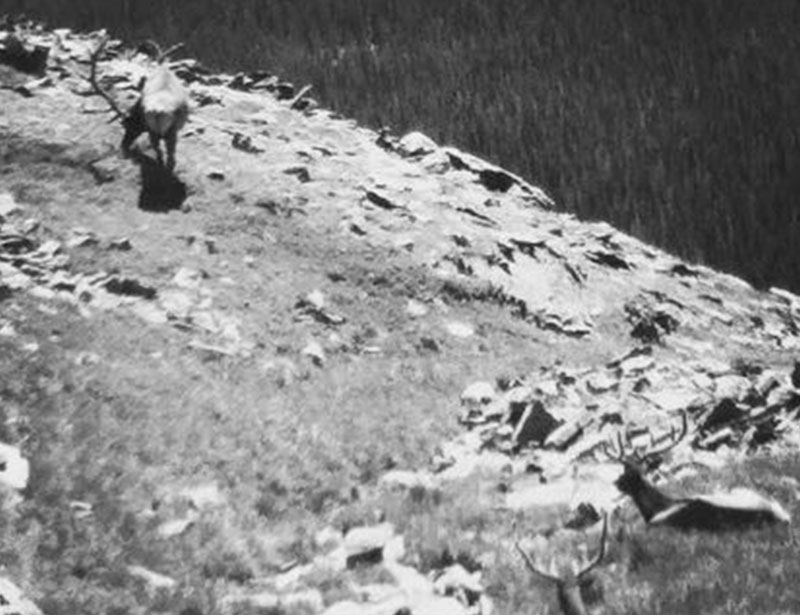
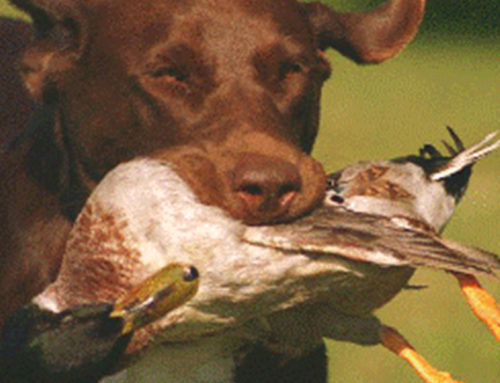

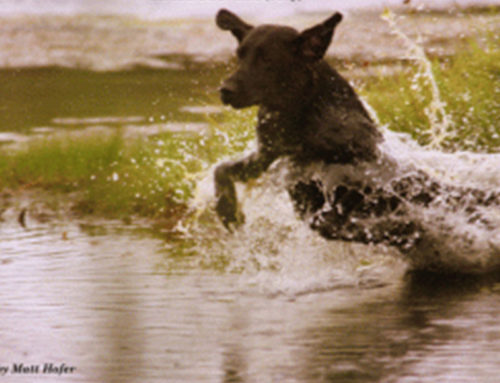
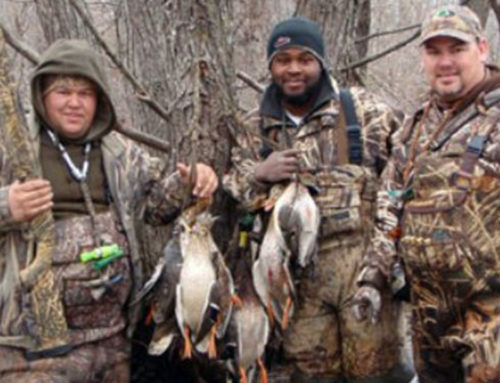
Leave A Comment